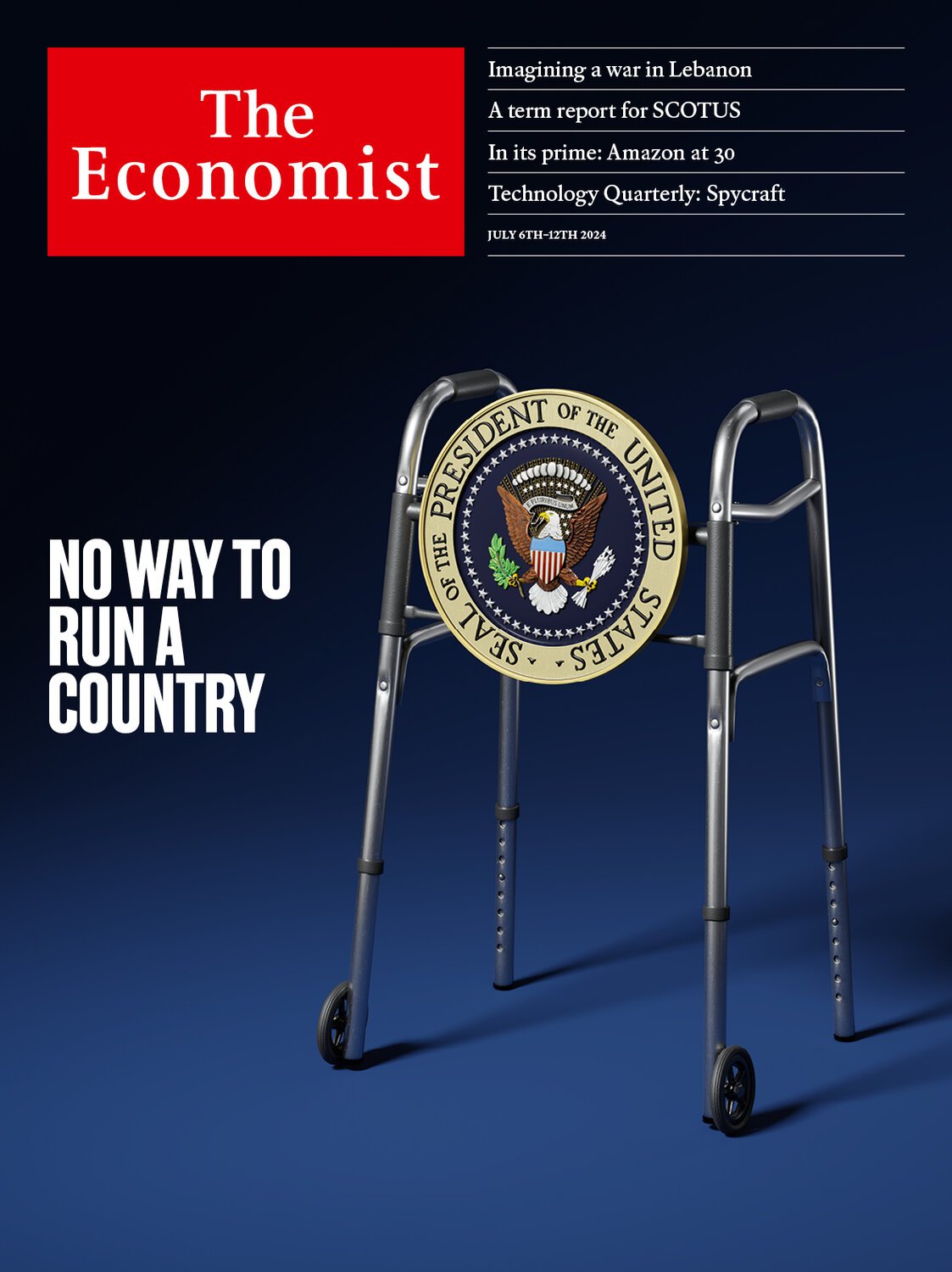A dimly lit home office at 2AM, illuminated by a glowing computer screen displaying an email inbox with multiple unread messages. Coffee cups, papers, and an open notebook sit on the desk, evoking a sense of late-night work.
With all the uncertainty surrounding the federal workforce, the flood of emails, and my need to shut out the noise, I’ve been reflecting on how my coping skills and work habits often align with neurotypical norms.
The first time a colleague asked why I was working so late, I was caught off guard. It hadn’t occurred to me that a 2 a.m. email might seem unusual. But over time, I’ve realized that for many disabled and neurodivergent professionals, working outside conventional hours isn’t just a preference—it’s a necessity.
I often structure work around chronic pain flare-ups or medical appointments. Others align their schedules with fluctuating energy levels or assistive care needs. And then there are those who thrive when the world is quiet, free from the constant buzz of notifications and interruptions.
Late nights are when I do my best thinking. With an empty inbox and a silent phone, I can focus deeply and be productive. But I also understand that receiving a 2 a.m. email might seem urgent or unsettling to others. That’s why I’ve started adding a simple disclaimer:
“Please note that the timestamp on this email reflects when it was convenient for me to send it. It does not imply an expectation of immediate response. Please prioritize your work-life balance and reply during your regular working hours.”
It’s a small adjustment, but it helps. It reassures colleagues that I don’t expect them to match my schedule. Still, there’s a bigger issue: unconventional work hours are often misunderstood.
Managers might see off-hours emails as a sign of inefficiency. Clients may misinterpret them as urgent. Some assume the sender is overworked or struggling with boundaries.
But here’s the truth: flexibility makes sustainable work possible for many disabled and neurodivergent employees.
People often assume working odd hours signals poor time management or workaholism. The reality? It’s about playing to our strengths. When we work in ways that align with how our minds and bodies function best, productivity increases, stress decreases, and burnout is less likely. The traditional 9-to-5 schedule doesn’t work for everyone—and for many of us, it actively creates barriers instead of fostering success.
So, if someone’s best work happens outside the typical workday, why fight it? Why enforce a rigid system when flexibility leads to better outcomes for everyone?
If you’ve ever wondered why a colleague is sending emails at odd hours, consider that they might not be struggling—they might just be working when they’re at their best. And if you’re someone who thrives on a nontraditional schedule, how have you navigated conversations around it? I’d love to hear your experiences.








